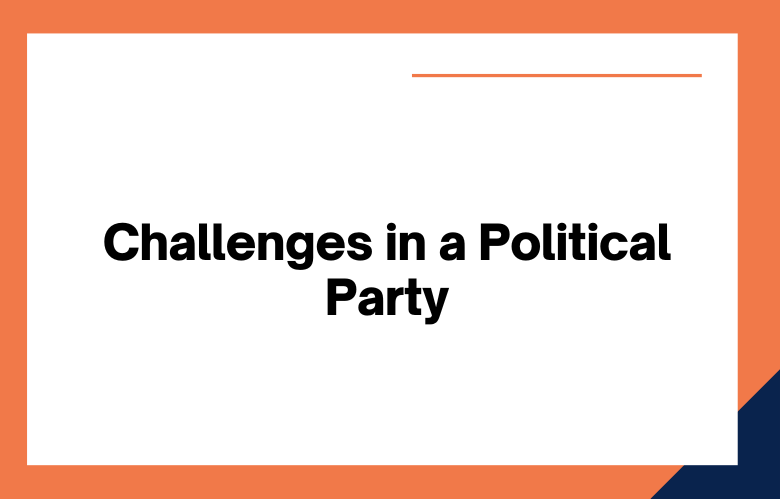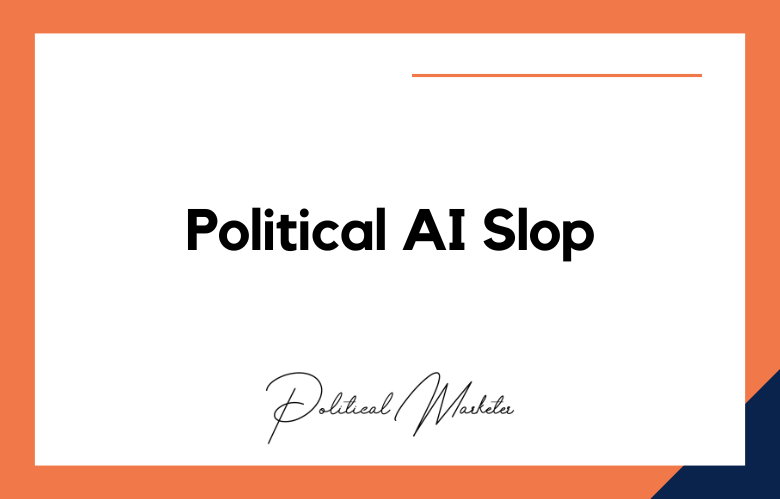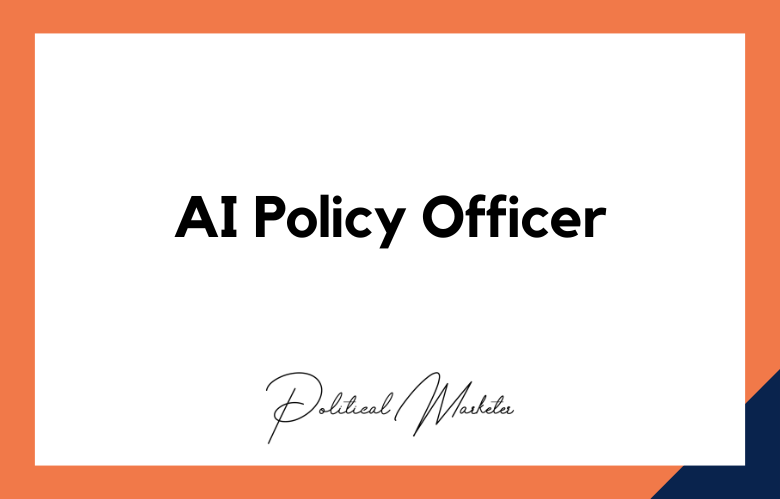Political parties are one of the most essential components of democracy. They play a vital role in the functioning of the government and act as a bridge between the people and the elected representatives.
However, only some people know what goes on behind the closed doors of political parties.
Aside from their public face, political parties have a well-organized internal structure that influences everything from who gets elected to the party’s political agenda.
Understanding the intricacies of political party structure pays off, particularly in India, where parties are critical. In this post, we’ll explore the inner workings of political parties in the country.
What are the Political Parties Structures in India?
The organizational structure of political parties in India follows a hierarchical pattern, where the top leadership controls decision-making. A political party has three levels- national, state, and local.
The highest level is the national level, followed by state and local levels. At the national level, the party has a president and a working committee that governs its day-to-day functioning.
At the state level, the party has a state president and a state committee that works with the national leadership to formulate policies and strategies for the state. Lastly, the local level has a district president who oversees the party’s activities in the district.
Understanding the Internal Structure of Political Parties in India?
Political parties play a crucial role in shaping a nation’s political landscape. Their internal structure governs their functioning and decision-making.
The structure of political parties in India is unique and complex. Understanding the internal structure of political parties in India is essential to comprehending the functioning of democracy in the country.
We will explore the internal structure of political parties in India in detail.
The organizational structure of political parties in India is divided into three levels – the national level, the state level, and the local level.
The national party is headed by the National President, whom the National Executive Committee elects.
The Nitty-Gritty Details of Political Parties’ Internal Structure in India?
Political parties are ubiquitous in India, given the country’s many political parties.
But have you ever thought about what sets them apart from one another? One major factor is their internal structure.
Political parties in India have intricate internal designs that govern their operations, functioning, and decision-making processes.
Are you curious to know more about the internal structure of political parties in India? We will take you through the details, so keep reading!
Organization of Political Parties:
Political parties in India are organized in a hierarchical structure. The highest authority within the party is the National Convenor or President, who is responsible for making significant decisions, representing the party publicly, and leading the party.
A National Executive Committee comprises various office-bearers and leaders from different states directly under the national convenor/president.
This National Executive Committee may be responsible for supervising various activities and the overall functioning of the party.
Division of Power:
Power within political parties is usually divided into several levels. The primary unit of the party is the booth level, which may range from 5 to 10 booths based on geographical and demographic factors.
From this point, structures at the local and regional levels function under the supervision of the National Executive Committee. The division of power ensures that decision-making is not concentrated in the hands of a few individuals.
Party Election Procedures:
Every political party in India has its constitution, which articulates its internal structure and procedures for electing office bearers.
Party members may select office bearers in some minor parties at regular intervals. However, significant parties often hold internal elections at different levels to elect officebearers.
Voters are generally party members, and eligible voters may include state and district leaders or office bearers.
Internal Committees for Different Purposes:
Different committees are responsible for other aspects of the party’s functioning. These committees may work independently under the supervision of the National Executive Committee.
The names of committees may vary by party, but they often have committees for election management, finance and fundraising, membership and enrollment, propaganda, and publicity.
This enables parties to address different aspects of their functioning, which are interdependent and closely intertwined.
Impact on the Political System:
The internal structure of political parties in India may significantly impact the political system.
A well-functioning party can positively impact democracy, as it provides a forum for citizens to participate in politics and elect representatives who can work for the welfare of their constituents.
Conversely, poorly functioning political parties can have negative repercussions, including corruption, lack of transparency and accountability, and inadequate representation.
Leadership Structure:
Political parties in India have a hierarchical structure. The party president or national leader is at the top of the hierarchy and is responsible for the party’s overall functioning.
Below the party president are various other leaders, like Vice President, General Secretary, and Treasurer, who hold different positions in the party. These leaders are responsible for carrying out the party’s day-to-day activities.
Regional Structure:
Apart from the national leadership, political parties in India also have a regional organizational structure. There are various state units of political parties, which state presidents head.
These state units are further divided into district and block levels. Each district has its president, and each block has a local leader responsible for managing party activities at the regional level.
Membership Structure:
Political parties in India have a vast network of members responsible for mobilizing public support for the party. Anyone who shares the party’s ideology can become a party member.
The party’s membership structure is hierarchical, and members are divided into different categories based on their level of involvement.
The ordinary members are at the bottom of the hierarchy, followed by the primary members, active workers, and office bearers.
Electoral Structure:
Political parties in India are highly dependent on elections. They contest elections at different levels- local, state, and national.
The party’s electoral structure identifies its strongest candidates and ensures they have the resources to contest elections.
The electoral structure includes election committees, campaign managers, and election strategists responsible for the party’s election campaign.
Functioning Structure:
Political parties in India work on democratic principles and their internal functioning is based on democratic norms.
They have regular meetings, discussions, and debates to decide the party’s policies and strategies.
The operational structure of the party includes various committees like the finance committee, disciplinary committee, and campaign committee that work together to ensure the smooth functioning of the party.
Conclusion:
The complexities of the political party structure in India illustrate the intricate ways that democracy functions.
Despite the rigors of a hierarchical structure, political parties’ primary objective remains the same: representing the people’s will.
Knowing the inner workings of these parties can help understand why some candidates win elections or some policies are being pushed forward.
Studying the internal structure of political parties in India can help one better understand the country’s political systems and democratic governance.
Ultimately, we must remember that political party structure is not just about the machinations of power for power’s sake; it is about serving the people and ensuring their voices are heard.
Call: +91 9848321284
Email: [email protected]
Frequently Asked Questions (FAQs)
What is a political party structure?
A political party structure refers to the organized framework within which a political party operates, including leadership hierarchies, decision-making bodies, and local to national units.
Why is party structure important?
A strong structure ensures coordination, policy consistency, grassroots mobilization, leadership accountability, and smooth electoral functioning.
What are the main levels in a political party?
Typically, these include the national leadership, state/provincial units, district or regional offices, and local or booth-level committees.
What is the role of the party president?
The party president leads the organization, represents it publicly, sets strategic direction, and oversees internal administration and electoral campaigns.
What is the working committee or executive body?
This is the central decision-making group responsible for policy formulation, campaign decisions, and party operations.
What does the general secretary do in a party?
General secretaries manage specific organizational departments like media, membership, coordination, and oversee zonal or state-level activities.
What is the role of party spokespersons?
Spokespersons communicate the party’s stance on issues, represent the party in media debates, and defend its policies.
How do youth and student wings fit into party structure?
These wings groom young leaders, organize campus activities, and serve as the ideological training ground for future political leaders.
What is a political cadre?
Cadres are dedicated party workers or volunteers responsible for ground-level mobilization, voter outreach, and implementation of party programs.
What are booth-level committees?
These are grassroots units managing voter interaction, data collection, and campaign implementation at polling booth areas.
Do all parties have the same structure?
No. Structures vary based on ideology, party size, history, and national vs. regional operations—some are highly centralized, others decentralized.
What is the role of the party manifesto committee?
This committee drafts the party’s election manifesto, outlining its promises, policy priorities, and campaign agenda.
How are decisions made within a party?
Decisions are typically made by consensus or voting in executive bodies, though dominant leadership can often influence outcomes.
What is a parliamentary board in a political party?
A high-level committee that selects candidates for elections and formulates legislative strategies in parliament or assemblies.
What role does the treasurer play in a party?
The treasurer manages party finances, including donations, fundraising campaigns, expenditure, and financial disclosures.
Are political party structures legally regulated?
Yes. In most democracies, laws govern party registration, transparency, internal democracy, and financial accountability.
How are party structures different in coalition governments?
Coalition parties maintain individual structures but often form coordination committees to align on shared governance goals.
What is the importance of women’s wings in party structure?
These units promote gender inclusion, mobilize women voters, and push for representation in leadership and policymaking.
How does party structure impact election campaigns?
A well-organized structure ensures efficient resource deployment, message consistency, and strong voter-ground connect.
What is the future of political party structures?
Future structures may become more data-driven, digitally connected, decentralized, and transparent to meet evolving democratic expectations.











